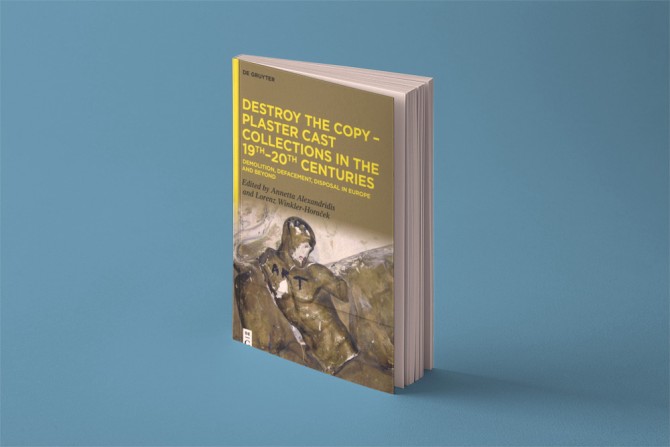The opening of Cornell's Museum of Classical Archaeology in 1892 brought a wealth of world art and history to rural upstate New York, with about 800 plaster replicas of sculptures and inscriptions, big and small, well known and recently excavated from the ancient Near East, Egypt, and ancient Greece and Rome.
"You can imagine what such a collection meant for Cornell in the late 19th century," said Annetta Alexandridis, associate professor of history of art and visual studies in the College of Arts and Sciences.
Now, however, Cornell's collection is in a state of disrepair, and so are similar cast collections around the world, Alexandridis said: "It forces us to constantly think how to make such an assemblage of replicated European sculpture relevant again."
In "Destroy the Copy: Plaster Cast Collections in the 19th and 20th Centuries," co-editor Alexandridis and other scholars consider how the destruction of replicated European sculpture by neglect, conflict or vandalism can say as much about aesthetics, politics and colonialism as their creation. She will talk about the book on March 22 at 4:30 p.m. in Olin Library 107 (with a virtual option).







